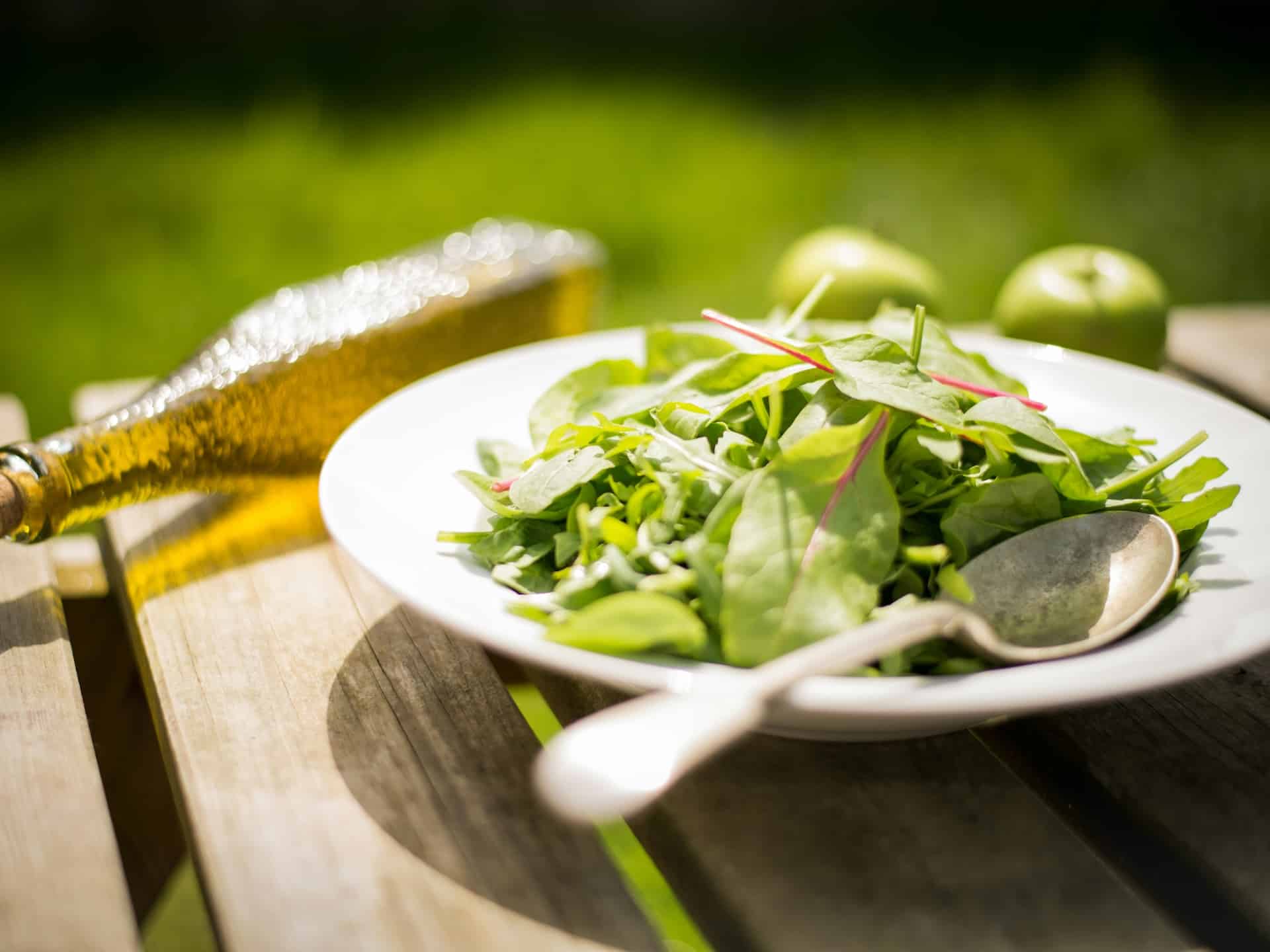
A study by the Spanish Nutrition Foundation (ANIBES) estimates that up to 79% of the population ingests 80% less than the necessary intake of magnesium. To avoid deficiencies of this mineral, it is advisable to know which foods contain magnesium (Mg) and incorporate them into our diet regularly.
Magnesium functions
Carolina Alejo, pharmacist, biochemist, dietician-nutritionist, explains that this mineral participates in more than 300 reactions in the body. Four great essential functions that explain why magnesium is important for our health:
- Maintenance of normal bone function
- Mood regulation
- Power generation
- Normal functioning of the nervous system
In addition to all of the above, more recent studies indicate that magnesium intervenes as a cofactor, among others, in protein synthesis; energy production and storage; the reproduction and synthesis of DNA and RNA; and the stabilization of mitochondrial membranes.
Magnesium also plays a critical role in stress response, cardiac excitability, neuromuscular conduction, muscle contraction, vasomotor tone, blood pressure, and glucose and insulin metabolism.
Recommended magnesium intake
“The recommended daily intake of magnesium will depend on factors such as age or sex, but in general terms, for an adult, 320 milligrams per day are recommended for women, and 420 milligrams per day for men,” explains the expert.
Although it is possible to get enough magnesium through diet, in many cases, supplementation may be necessary. Especially if it is lost due to some illness, if needs increase or if intake is low for different reasons.
Causes of magnesium deficiency
Stress
The expert, a member of the Spanish Academy of Nutrition and Dietetics, points out that “one of the most common cases is when stressful situations. On the one hand, magnesium is involved in the regulation and neurotransmission of the normal nervous response to stress. On the other hand, it has been postulated that stress situations with an increase in cortisol increase magnesium loss. In these cases, there is a greater elimination of magnesium through the urine and less intestinal absorption, which favors a deficiency of this mineral, which is essential for the proper functioning of the nervous system.»
Drug interactions
The use of certain drugs, such as diuretics, proton pump inhibitors (antacids), increases the elimination of magnesium or interferes with its absorption.
Digestive disorders and other situations.
Altered intestinal absorption for different reasons, vomiting or chronic diarrhea, altered kidney function, type 2 diabetes and alcohol abuse are situations that can contribute to reducing magnesium levels in the body.
Diet
“We must take into account the depletion of magnesium in the soil. Foods grown today may have lower magnesium content than in the past,” he points out. All of this, along with an unbalanced diet, rich in processed foods, makes it often difficult to achieve the necessary amounts through food alone.
Symptoms of magnesium deficiency.
Having a magnesium deficiency has important physical and psychological consequences. As Carolina Alejo explains, “when we do not receive enough of this mineral, our body suffers. Tiredness, mental fatigue, cramps, contractures, sensitivity to stress, loss of appetite may appear…
In the most severe cases, we may experience nausea and vomiting.
On a psychological level, in observational studies, it has been found that low levels of magnesium are associated with sleep disturbances: insomnia, shorter sleep time and interrupted sleep. Likewise, magnesium deficiency prevents a normal response to stress, increasing the body’s inability to cope with it.

Foods richest in magnesium
It is a mineral that is present, above all, in plant foods, green leafy vegetables, legumes, whole grains, seeds and nuts.
For every 100 grams of food, these are the foods with the highest amount of magnesium (BEDCA):
| Food | Magnesium (mg/100 grams) |
| Chickpeas, white beans and peas | 150 |
| lentils | 78 |
| raw soybeans | 250 |
| corn | 120 |
| Almonds | 258 |
| cashews | 267 |
| Peanuts | 250 |
| pumpkin seeds | 592 |
| linen | 392 |
| Sesame | 370 |
| Banana | 38 |
| Apricot | 12 |
| Avocado | 41 |
| chard | 76 |
| artichokes | 12 |
| spinach | 54 |
| wheat bran | 611 |
| wheat germ | 313 |
| Ball cheese, fresh | 28 |
| spinach | 54 |
| Sea bream, sea bream, mullet and hake | 23 |
| Lobster and lobster | 34 |
| Clams, cockles, razor clams | 50 |
| anchovies | 69 |
| Mussels | 37 |
| Prawns, crayfish and prawns | 76 |
| black chocolate | 100 |
| Oregano | 270 |
| dill | 55 |
Tricks to incorporate more magnesium into your diet
Taking a handful of various unsalted nuts every day considerably increases the magnesium in our diet. We can also mix them with pumpkin or flax seeds.
Another easy trick is to include the seeds already ground in our diet. “We can add them to yogurt or a glass of kefir, in salads and in vegetable creams,” recommends the nutrition specialist.
Beyond a healthy snack (as long as salt, sugar, honey or syrup is not added), popcorn is great allies when it comes to adding some magnesium to our diet.
This could be a menu rich in magnesium
The expert offers us a possibility. But there are millions of possibilities, depending on tastes, what foods are in season…
| EXAMPLE OF MENU RICH IN MAGNESIUM | |
| Breakfast | Coffee with milk or vegetable drink with calcium + whole wheat toast with avocado, fresh cheese and sesame seeds + 1 kiwi |
| lunch | Handful of almonds with pumpkin seeds |
| meal | Green salad + beans with clams |
| Snack | Banana |
| dinner | Spinach omelet with feta cheese |
The ALDI Council
Although there are vitamin and mineral supplements, the ideal is to obtain them naturally through the diet. Eat a variety of foods daily and, above all, incorporate fruits, vegetables and legumes as much as possible into your menus.

carolina alejo. Dietician-nutritionist, biochemistry and pharmacist. He studied the Master of Human Nutrition and Dietetics for Health Promotion at the Complutense University. Upon finishing, he enrolled in the Degree in Human Nutrition and Dietetics at the Alfonso X El Sabio University. She is founder and director of Lanatú Clinical Nutrition and director of the Nutrition and Skin course, led by the Spanish Academy of Nutrition and Dietetics and Nutrinfo.






